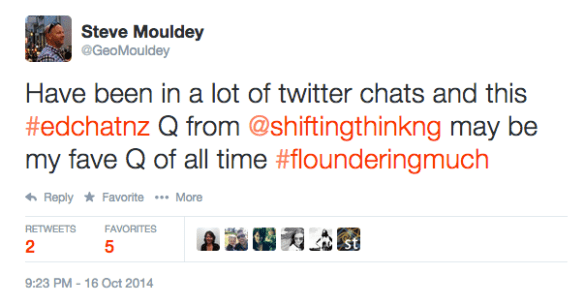All educators are familiar with the concept of the learning pit.

(Image courtesy of Stonefields School https://www.stonefields.school.nz/)
When we first start out with a new skill – whether it is a swimming stroke, writing, mapping or playing an instrument – we always struggle/make things a bit worse before we start to see success. Then we improve, iterate based on feedback – either personal or from others. As we improve on this skill, we start seeing/making an impact – faster times, more fluent writing, accurate maps, beautiful music.
I have recently been wondering if this is what is happening with humans now? With many a head bow to David Attenborough here – we are now living in the Anthropocene. The age of humans. For most of life on Earth, nature has determined our existence, now humans determine nature’s existence.
The Industrial Age was the start of when humans had more influence over nature. Our technological advances gave us great societal advances but what we didn’t realise at the time was that it also had other consequences. Now we have global awareness that we have put ourselves into the pit. Gradually, over the last few decades, we have noticed and received feedback about our impact on the world. Think Ozone layer, Great Pacific Garbage Patch and of course, Climate Change – or in fact Climate Crisis now organisations like The Guardian are calling it. Continue reading






